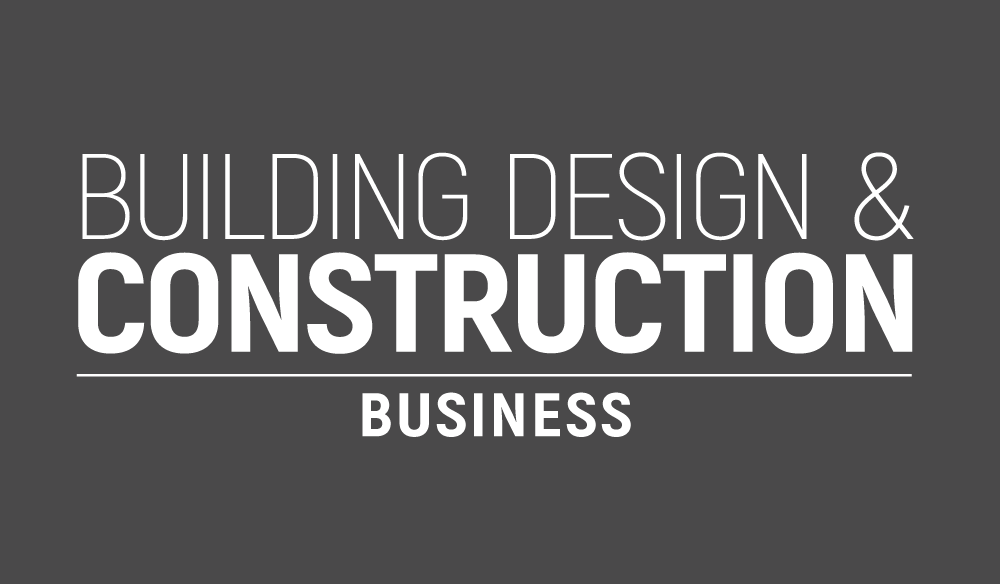The council must approve building projects based on clear, accurate, and fully compliant documents. Whether you are intending to build a new house, an extension or a multi-plot development, the supporting paperwork must be perfect. The block plan is a 1:200 OS map, a very important piece of planning documentation that the council uses in its approval process. It describes limits, access points and the surrounding environment in the exact way councils expect, which gives your proposal a far better chance of moving quickly.
The Purpose of Block Plans
Block plans serve as an intermediary between the bigger site location plan and the more detailed architectural drawings. They emphasise the particular plot on which work is proposed and indicate how it relates to surrounding features, such as roads, neighbouring properties, and landscaping. Councils use such diagrams to assess the suitability of a project for the local environment, address access issues, and comply with regulatory requirements.
Why Councils Require Precision
Planning authorities receive thousands of submissions annually, and incomplete or ambiguous documents slow the process. Block plans allow authorities to view the precise location of building lines, boundary observance, and the safety of proposed access routes. Without such accuracy, applications may be rejected or the approval process may be lengthened as the relevant authorities request further clarification.
Scale Matters in Planning Submissions
The scale selected has a direct effect on the legibility of details. A 1:200 map will be a trade-off between a close-up view and a wide enough view to show the surrounding land and access roads. The reason councils specifically request this format is that it allows them to evaluate driveways, pathways, and boundary lines without any ambiguity. Filing a plan at an incorrect scale can lead to expensive resubmission, which developers and homeowners are both trying to prevent.
Applications That Depend on Block Plans
Block plans are essential in some applications, even though any building project involves some kind of mapping. New constructions require verification of the location on the plot. They are frequently used as extensions to show that changes do not violate existing boundaries. They are required in large developments to depict connections among various buildings, common access points, and open spaces. In both cases, a well-developed block plan will assure the councils that the design has been thought through.
Supporting Access and Safety Evaluations
Vehicle and pedestrian accessibility is one of the key issues for planning officers. Block plans show driveway access to public roads, footpath access to entrances, and the ability of emergency vehicles to manoeuvre. With these elements laid out at the 1:200 scale, applicants can present clear evidence that safety and accessibility standards will be met.
Reducing Risk of Objections
Neighbouring property owners often raise concerns about overshadowing, boundary encroachment, or restricted access. Block plans are used to address these problems proactively. They present visual evidence that objections can be unfounded by demonstrating distances, building footprints, and external spaces in context. The filing of correct maps minimises the chances of difficulties that can otherwise derail or slow down approval.
Professional Input and Digital Resources
Although some applicants seek to draw plans on their own, professional assistance usually yields better results. Planning consultants and surveyors understand the exact needs of councils and can create the appropriate documents efficiently. Nowadays, OS maps are licensed in digital formats that can be incorporated into planning software. This not only conserves time but also ensures that the maps are drawn according to specifications, which reduces human error.
How Block Plans Speed Up Approval
With a detailed and comprehensive block plan, planning officers will be able to make more informed and quicker decisions. Councils are less likely to seek amendments or further evidence when the documentation leaves no room for doubt. In a competitive housing market where time is money, the difference between a successful and a bogged-down development can be the difference between a good development and a bad one.
The Foundation of Successful Applications
At the centre of the planning process are block plans. Applicants demonstrate professionalism, accuracy, and care for the surrounding land by providing clear and detailed maps and plans that accurately represent the area. Councils are pleased with the level of detail because it reduces uncertainties and ensures that proposals are aligned with safety and regulatory standards. Developers, architects, and homeowners do not tick boxes when investing in accurate block plans, but rather the foundation of an efficient and successful planning application that passes approval procedures.





